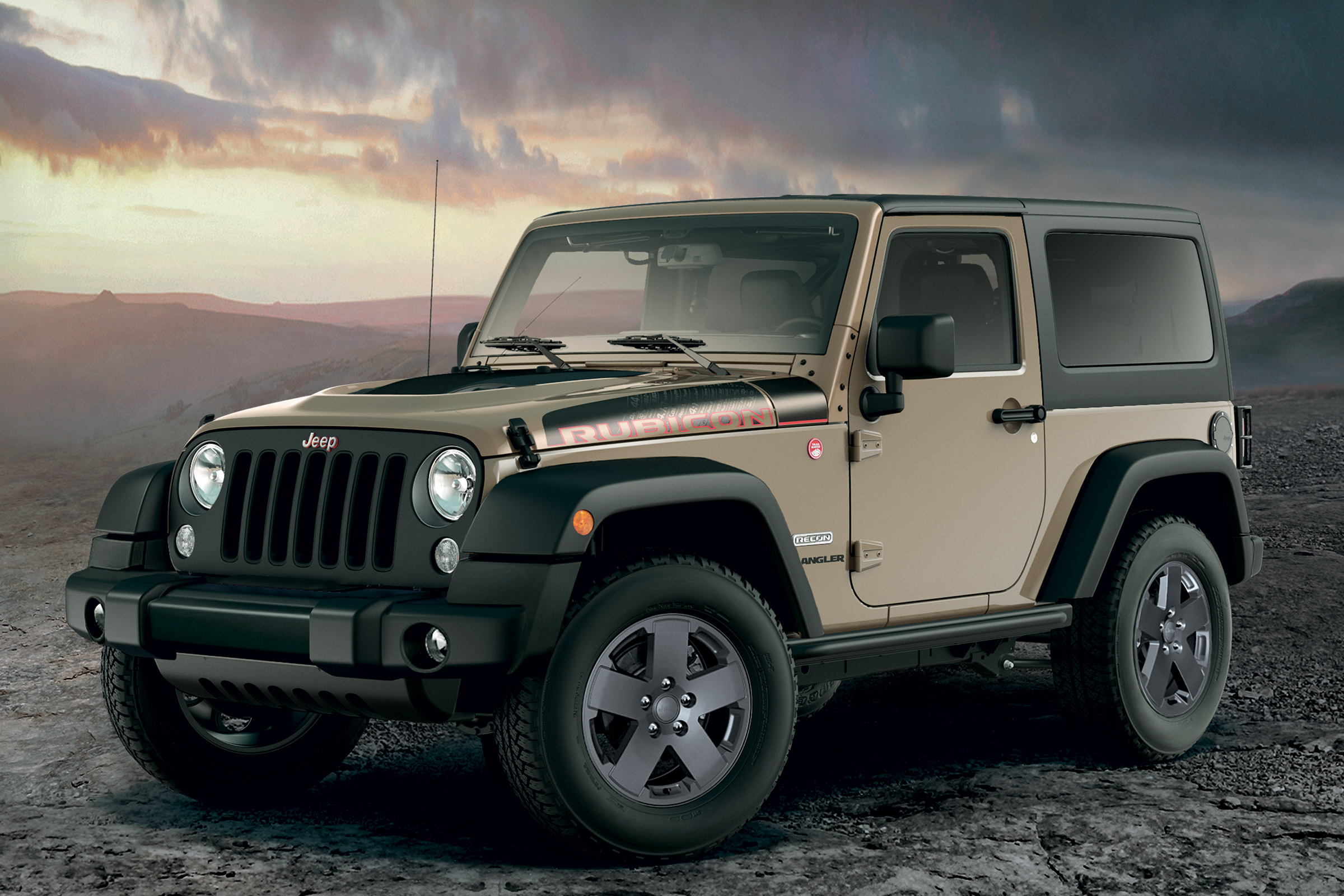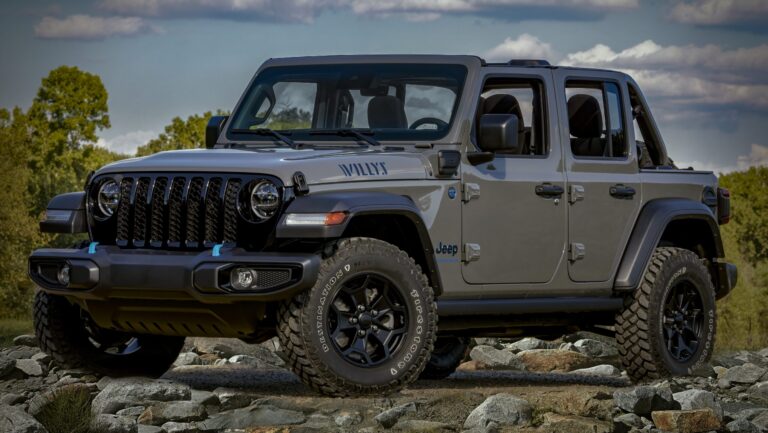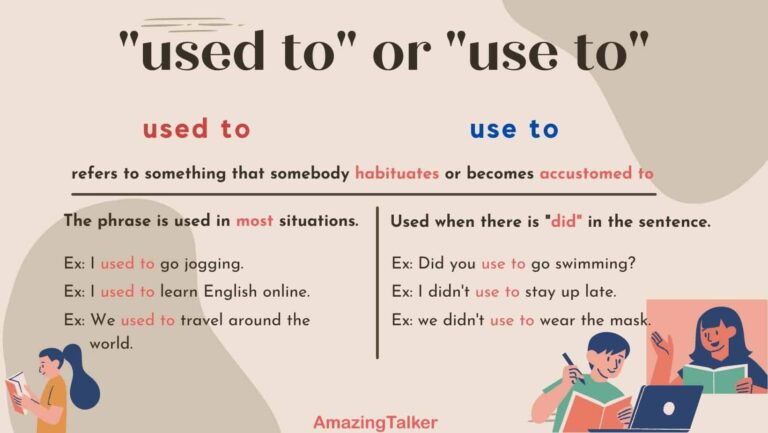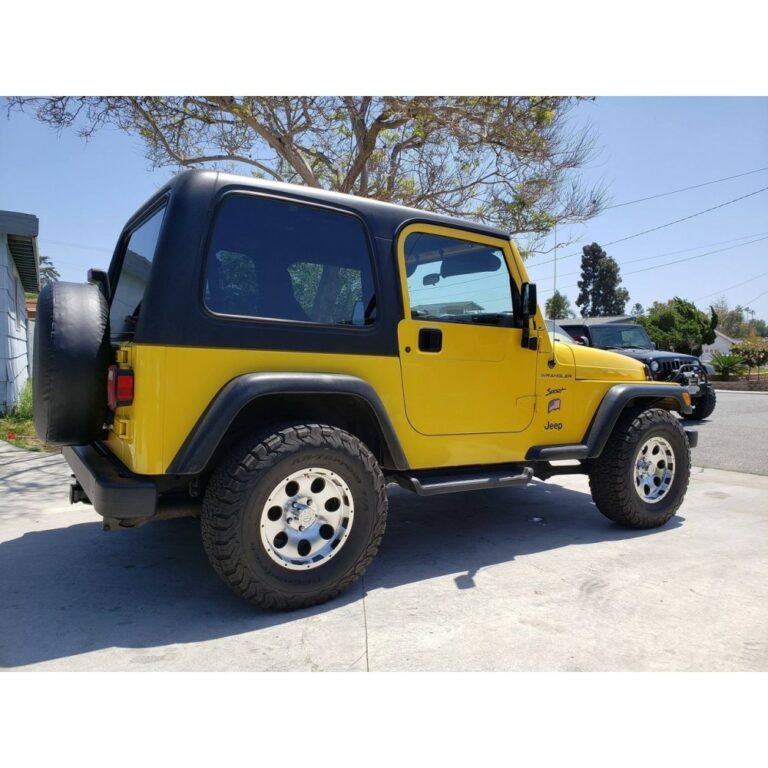Jeep Wrangler Rims For Sale: A Comprehensive Guide to Upgrading Your Ride
Jeep Wrangler Rims For Sale: A Comprehensive Guide to Upgrading Your Ride /jeeps.truckstrend.com
The Jeep Wrangler is more than just a vehicle; it’s a statement, an adventure waiting to happen, and for many, a canvas for personalization. One of the most impactful upgrades you can make to your Wrangler, both aesthetically and functionally, is changing its rims. Whether you’re looking to enhance its rugged off-road prowess, give it a unique street presence, or simply replace worn-out stock wheels, understanding the world of "Jeep Wrangler Rims For Sale" is crucial. This comprehensive guide will navigate you through everything you need to know, from technical specifications to where to find the perfect set for your beloved rig.
Why Upgrade Your Wrangler Rims? More Than Just a Pretty Face
Jeep Wrangler Rims For Sale: A Comprehensive Guide to Upgrading Your Ride
While a new set of rims undeniably transforms the look of your Jeep, the benefits extend far beyond aesthetics. Upgrading your Wrangler’s wheels can significantly impact its performance, off-road capability, and overall driving experience.
- Enhanced Aesthetics and Personalization: This is often the primary driver. Aftermarket rims come in an astonishing array of designs, finishes (matte black, polished chrome, bronze, machined, etc.), and styles, allowing you to truly make your Wrangler unique. They can give your Jeep a more aggressive stance, a classic look, or a sleek modern appeal.
- Improved Off-Road Capability: Specific rim designs and specifications are crucial for serious off-roading. Rims with appropriate offset and backspacing can help accommodate larger tires, prevent rubbing, and improve stability on uneven terrain. Beadlock-capable or true beadlock rims are essential for extreme rock crawling, allowing you to air down tires to very low pressures without detaching from the rim, maximizing traction.
- Performance Benefits: Lighter alloy rims can reduce unsprung weight, potentially improving acceleration, braking, and fuel efficiency (though often negligible on a Wrangler). They also tend to dissipate heat more effectively than steel wheels, which can be beneficial for braking performance during heavy use.
- Tire Compatibility: If you’re planning to install larger or wider tires, your stock rims might not be compatible. Aftermarket rims offer the necessary width and offset to properly seat and support a broader range of tire sizes.
- Damage Replacement: Sometimes, upgrading isn’t about choice but necessity. Bent, cracked, or severely corroded stock rims might need replacement, offering an opportune moment to consider an upgrade.

Decoding Key Rim Specifications: What Do All Those Numbers Mean?
Navigating the world of "Jeep Wrangler Rims For Sale" requires understanding a few key technical terms. These specifications determine whether a rim will fit your vehicle and perform as desired.
- Diameter (e.g., 17-inch, 18-inch, 20-inch): This is the measurement across the wheel’s face, where the tire mounts. Common Wrangler diameters include 17, 18, and 20 inches. Smaller diameters (15-17 inches) are often preferred for serious off-roading as they allow for more tire sidewall, offering better flex and protection against punctures. Larger diameters (18-20+ inches) tend to have less sidewall and are often chosen for aesthetics or on-road performance.
- Width (e.g., 8-inch, 9-inch, 10-inch): This refers to the measurement of the rim from bead seat to bead seat. It’s crucial to match the rim width to your chosen tire’s recommended width range for proper fitment, safety, and performance.
- Bolt Pattern (e.g., 5×5, 5×4.5): This is perhaps the most critical specification for fitment. It describes the number of lug holes and the diameter of the circle they form.
- JK/JL/Gladiator (2007-Present): 5×5 (or 5x127mm)
- TJ/YJ/CJ (1976-2006): 5×4.5 (or 5×114.3mm)
- Older CJs: Often 5×5.5 (or 5×139.7mm)
- Note: Always double-check your specific model year to ensure you get the correct bolt pattern.

- Offset (Positive, Negative, Zero): Offset is the distance from the wheel’s mounting surface to the true centerline of the wheel.
- Positive Offset: The mounting surface is towards the outside of the wheel, causing the wheel to tuck further into the fender well.
- Zero Offset: The mounting surface is exactly at the centerline of the wheel.
- Negative Offset: The mounting surface is towards the inside of the wheel, causing the wheel to stick out further from the fender well. Negative offset is popular for Wranglers as it widens the stance and helps accommodate larger tires, though it can also cause tires to stick out beyond fender flares, which may be illegal in some areas.
- Backspacing: Often used interchangeably with offset by off-roaders, backspacing is the distance from the mounting surface to the back edge of the rim. A lower backspacing number means the wheel will stick out further. For Wranglers running larger tires, a backspacing of 3.5 to 4.75 inches is common to prevent rubbing.
- Center Bore: This is the hole in the center of the wheel that fits over the vehicle’s hub. Ideally, it should match your hub’s diameter (hub-centric fitment) or be slightly larger and used with hub-centric rings to ensure the wheel is perfectly centered on the hub, preventing vibrations.
- Load Rating: This indicates the maximum weight a single wheel can safely support. It’s crucial for safety, especially for heavily built Wranglers, those with significant gear, or those used for towing. Ensure the combined load rating of your four wheels exceeds your Wrangler’s Gross Vehicle Weight Rating (GVWR).

Types of Jeep Wrangler Rims: Material and Construction
Rims are not all created equal. Understanding the different materials and construction methods will help you choose the right set for your needs and budget.
- Material:
- Steel Rims: These are typically the most affordable and durable, making them popular for heavy-duty off-roading or winter setups. They are heavy, which can impact performance and fuel economy, but their ability to bend rather than crack makes them easier to repair on the trail.
- Aluminum Alloy Rims: The most common choice for aftermarket wheels, alloys are lighter than steel, offer a vast range of aesthetic designs, and provide better heat dissipation. They are generally stronger than steel for their weight but can crack or shatter under extreme impact rather than bending.
- Construction:
- Cast Rims: The most common and affordable manufacturing process. Molten aluminum is poured into a mold. While strong enough for most uses, the casting process can leave small imperfections or air pockets, making them less dense and strong than forged wheels.
- Forged Rims: Made by pressing a solid block of aluminum under extreme pressure. This process creates a denser, stronger, and lighter wheel than a cast wheel. They are significantly more expensive but offer superior performance and durability.
- Flow-Formed (or Rotary Forged) Rims: A hybrid process where a cast wheel’s barrel is spun and heated while rollers apply pressure, compressing and stretching the aluminum. This creates a lighter and stronger barrel section, bridging the gap between cast and fully forged wheels in terms of performance and price.
- Beadlock Rims: These are specialized wheels designed for extreme off-roading. They feature an outer ring that clamps the tire bead against the rim, preventing the tire from coming off the wheel when aired down to very low pressures (e.g., 5-8 PSI) for maximum traction on rocks or sand. True beadlock rims are often illegal for street use in many areas due to safety regulations, but "beadlock-capable" or "simulated beadlock" rims offer the look without the functional clamping mechanism.
Where to Find Jeep Wrangler Rims For Sale
The market for "Jeep Wrangler Rims For Sale" is vast, offering options for every budget and preference.
- Online Retailers: This is arguably the largest marketplace. Websites like Quadratec, ExtremeTerrain, 4 Wheel Parts, Tire Rack, Amazon, and direct manufacturer sites (e.g., Method Race Wheels, Fuel Off-Road, Black Rhino, KMC) offer immense selections, competitive pricing, and often free shipping. Be sure to check reviews and return policies.
- Local Off-Road Shops and Tire Stores: These establishments offer the advantage of expert advice, hands-on viewing, and professional installation services. They can also help with tire mounting, balancing, and TPMS sensor installation.
- Dealerships: While they will have OEM replacement wheels, they are generally the most expensive option for aftermarket rims.
- Used Market: Websites like Craigslist, Facebook Marketplace, dedicated Jeep forums, and local classifieds can be excellent sources for finding used rims at a discount. This requires careful inspection for damage, but good deals can be found.
Important Considerations Before Buying
Before you click "add to cart" or shake hands on a deal, consider these crucial points to ensure a successful purchase.
- Budget: Rims can range from a few hundred dollars per set to several thousands. Set a realistic budget that includes potential installation, TPMS sensors, and new tires if needed.
- Intended Use: Will your Wrangler be a daily driver, a weekend warrior on light trails, or an extreme rock crawler? Your primary use case should heavily influence your choice of material, construction, and specifications (e.g., beadlocks for extreme use).
- Tire Size Compatibility: Your desired tire size dictates the appropriate rim width and often the required offset/backspacing. Research tire compatibility carefully.
- Lift Kit and Suspension: If you have a lift kit, it opens up more options for larger tire and wheel combinations. Ensure your suspension setup can accommodate your chosen wheels and tires without rubbing.
- Brake Clearance: Some aftermarket rims, especially those with aggressive designs or smaller diameters, might not clear larger brake calipers found on certain Wrangler models or aftermarket brake kits.
- Legalities: Be aware of local laws regarding how far wheels can protrude beyond fender flares. Negative offset wheels can cause issues in some jurisdictions.
- TPMS Sensors: Your Wrangler uses Tire Pressure Monitoring System (TPMS) sensors. You’ll either need to transfer your existing sensors to the new rims (if compatible) or purchase new ones.
- Installation: Decide whether you’ll perform the installation yourself (requires a torque wrench, jack, stands, etc.) or have a professional do it. Professional installation includes mounting, balancing, and often TPMS programming.
Tips for Buying and Selling Used Rims
The used market for "Jeep Wrangler Rims For Sale" can be a treasure trove, but it comes with risks.
- Buying Used:
- Inspect Thoroughly: Look for cracks (especially around lug holes and spokes), bends, significant curb rash, deep scratches, and corrosion. A bent or cracked rim is unsafe.
- Ask Questions: Inquire about the rims’ history, how long they were used, and why they’re being sold.
- Verify Specs: Double-check the bolt pattern, diameter, width, and offset/backspacing against your needs. Don’t rely solely on the seller’s description; look for markings on the rim itself.
- Test Fit (If Possible): If you can, a quick test fit on your Jeep can confirm clearance and fitment.
- Selling Used:
- Clean Them Up: A clean set of rims photographs better and appears more appealing.
- Be Honest About Condition: Disclose any imperfections, curb rash, or damage. Transparency builds trust.
- Take Good Photos: Use good lighting and capture multiple angles, including close-ups of any blemishes.
- Provide Full Specs: List all relevant specifications (diameter, width, bolt pattern, offset/backspacing, brand, model).
- Price Competitively: Research what similar used rims are selling for.
DIY Installation vs. Professional Installation
Once you’ve found your ideal "Jeep Wrangler Rims For Sale," the next step is installation.
- DIY Installation:
- Pros: Saves money, satisfying to do yourself.
- Cons: Requires proper tools (torque wrench is critical!), knowledge of jacking points and safety procedures. You’ll still need to take them to a shop for tire mounting and balancing.
- Tips: Always use jack stands, torque lug nuts to factory specifications (check your owner’s manual), and re-torque after 50-100 miles of driving.
- Professional Installation:
- Pros: Convenience, expertise, proper mounting, balancing, and TPMS sensor installation/programming. Ensures safety and optimal performance.
- Cons: Additional cost.
- Tips: Choose a reputable shop specializing in Jeeps or off-road vehicles. Ask if they offer road force balancing, which is more precise.
Maintenance and Care for Your New Rims
To keep your new Jeep Wrangler rims looking their best and performing optimally, regular maintenance is key.
- Regular Cleaning: Wash your rims regularly to remove brake dust, dirt, and road grime. Use a wheel-specific cleaner appropriate for your rim’s finish (e.g., chrome, polished aluminum, matte paint). Avoid harsh acidic cleaners that can damage finishes.
- Protection: Apply a wheel sealant or wax to protect the finish and make cleaning easier.
- Inspect for Damage: Periodically check your rims for any signs of cracks, bends, or significant damage, especially after off-road excursions.
- Tire Rotations and Balancing: Follow your vehicle’s recommended tire rotation schedule. Get your tires and rims balanced whenever you notice vibrations or after any tire work.
Jeep Wrangler Rims For Sale: Estimated Price Table
Prices for Jeep Wrangler rims vary significantly based on brand, material, construction, design complexity, and size. The table below provides estimated ranges for a set of four (4) rims, excluding tires, TPMS sensors, or installation costs.
| Rim Type / Material | Typical Diameter Range | Estimated Price Range (Set of 4) | Notes |
|---|---|---|---|
| Steel Rims | 15" – 17" | $300 – $600 | Heavy-duty, durable, budget-friendly, often for winter/off-road. |
| Cast Aluminum Alloy | 17" – 20"+ | $600 – $1,500 | Most common, vast design variety, good balance of cost/performance. |
| Flow-Formed Alloy | 17" – 20"+ | $1,200 – $2,500 | Lighter and stronger than cast, better performance for the price. |
| Forged Aluminum Alloy | 17" – 20"+ | $2,500 – $6,000+ | Lightest, strongest, premium performance, highest cost. |
| True Beadlock Rims | 15" – 17" | $1,800 – $4,000+ | Specialized for extreme off-road, may not be street legal. |
| Used Rims | Varies | $200 – $1,000+ | Price depends heavily on condition, brand, and age. |
Additional Costs to Consider:
- TPMS Sensors: $50 – $150 per sensor (if not transferring existing ones).
- Mounting & Balancing: $80 – $200 per set (often included if you buy tires from the same shop).
- Lug Nuts: ~$50 – $100 (if your new rims require different style/length lug nuts).
Frequently Asked Questions (FAQ) About Jeep Wrangler Rims For Sale
Q1: What’s the best rim size for a Jeep Wrangler?
A1: There’s no single "best" size. For serious off-roading, 17-inch rims are popular as they allow for more tire sidewall, providing better flex and puncture resistance. For a balanced look and on-road comfort, 18-inch or even 20-inch rims are common. It depends on your intended use and tire choice.
Q2: Do I need new TPMS sensors when I buy new rims?
A2: Not necessarily. If your new rims are compatible, a tire shop can usually transfer your existing TPMS sensors from your old rims. If they’re not compatible, or if you want to keep your old rims as a spare set, you’ll need to purchase new sensors and have them programmed to your Wrangler.
Q3: What’s the difference between offset and backspacing?
A3: They both describe how far the wheel sits in or out relative to the hub. Offset is the distance from the mounting surface to the wheel’s true centerline, while backspacing is the distance from the mounting surface to the wheel’s inner edge. For Wranglers, off-roaders often refer to backspacing to understand tire clearance, with lower backspacing numbers meaning the wheel sticks out further.
Q4: Can I use steel rims for daily driving?
A4: Yes, steel rims are perfectly fine for daily driving. They are durable and affordable. However, they are heavier than alloy rims, which can slightly reduce fuel efficiency and acceleration, and they offer fewer aesthetic options.
Q5: How do I find the correct bolt pattern for my Wrangler?
A5: The bolt pattern is specific to your Wrangler’s model year.
- Jeep Wrangler JK/JL/Gladiator (2007-Present): 5×5 (or 5x127mm)
- Jeep Wrangler TJ/YJ/CJ (1976-2006): 5×4.5 (or 5×114.3mm)
Always verify your specific model year and trim level to ensure you get the correct bolt pattern.
Q6: What are beadlock rims for, and are they street legal?
A6: Beadlock rims are designed for extreme off-roading, allowing tires to be aired down to very low pressures (e.g., 5-8 PSI) for maximum traction without the tire bead separating from the rim. True beadlock rims are generally not street legal in most areas due to safety concerns at higher speeds. "Simulated" or "beadlock-capable" rims offer the look but not the functional clamping mechanism and are street legal.
Conclusion
The decision to purchase "Jeep Wrangler Rims For Sale" is an exciting step in customizing your vehicle. It’s an upgrade that offers a powerful blend of aesthetic transformation and functional enhancement, directly impacting your Wrangler’s stance, performance, and off-road capabilities. By understanding the key specifications, materials, and available options, along with careful consideration of your budget and intended use, you can confidently navigate the market. Whether you’re chasing an aggressive trail look, a sleek street presence, or simply replacing worn-out stock wheels, choosing the right rims will undoubtedly elevate your Jeep Wrangler experience, ensuring it’s not just a vehicle, but a true extension of your adventurous spirit.




